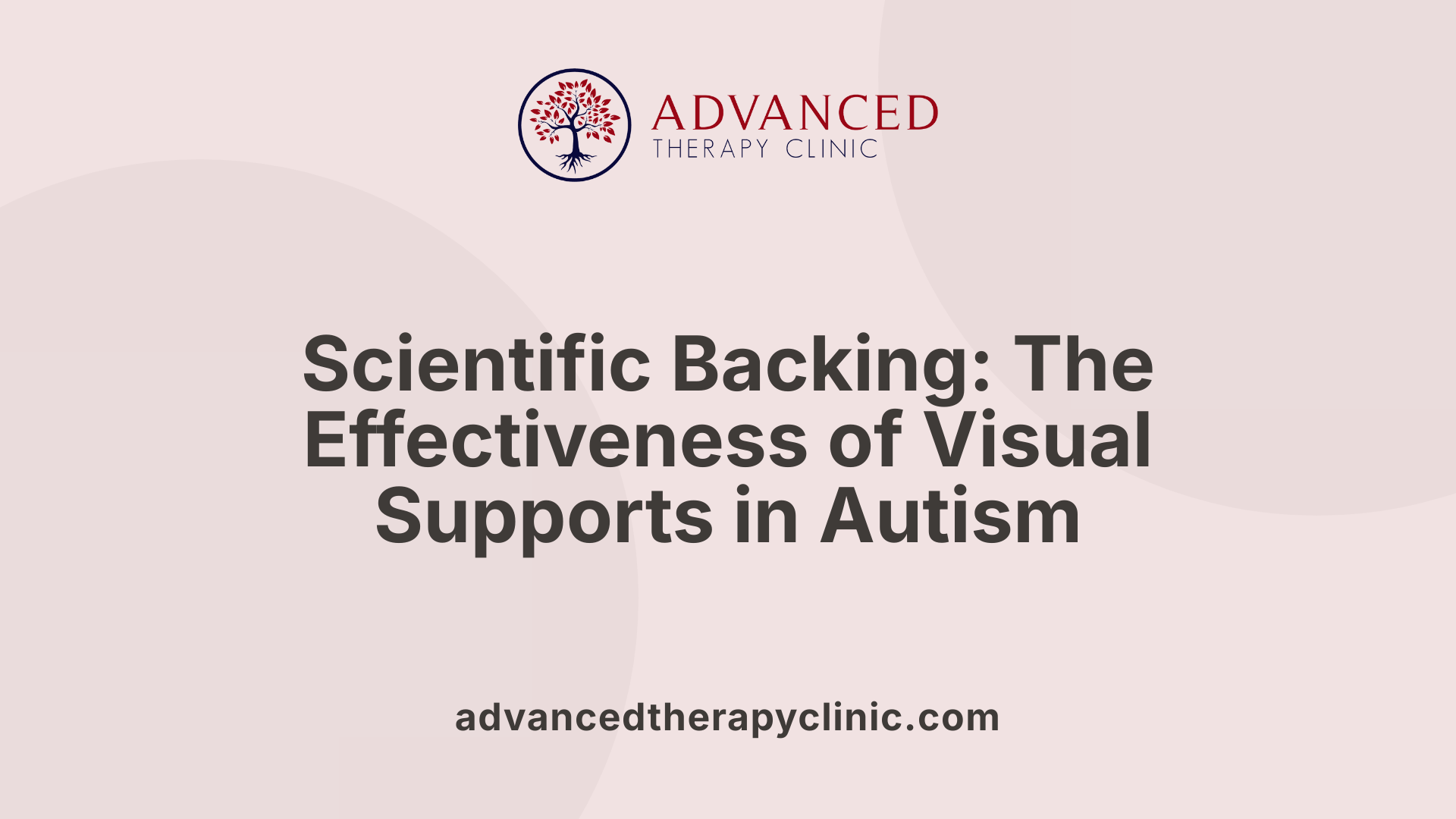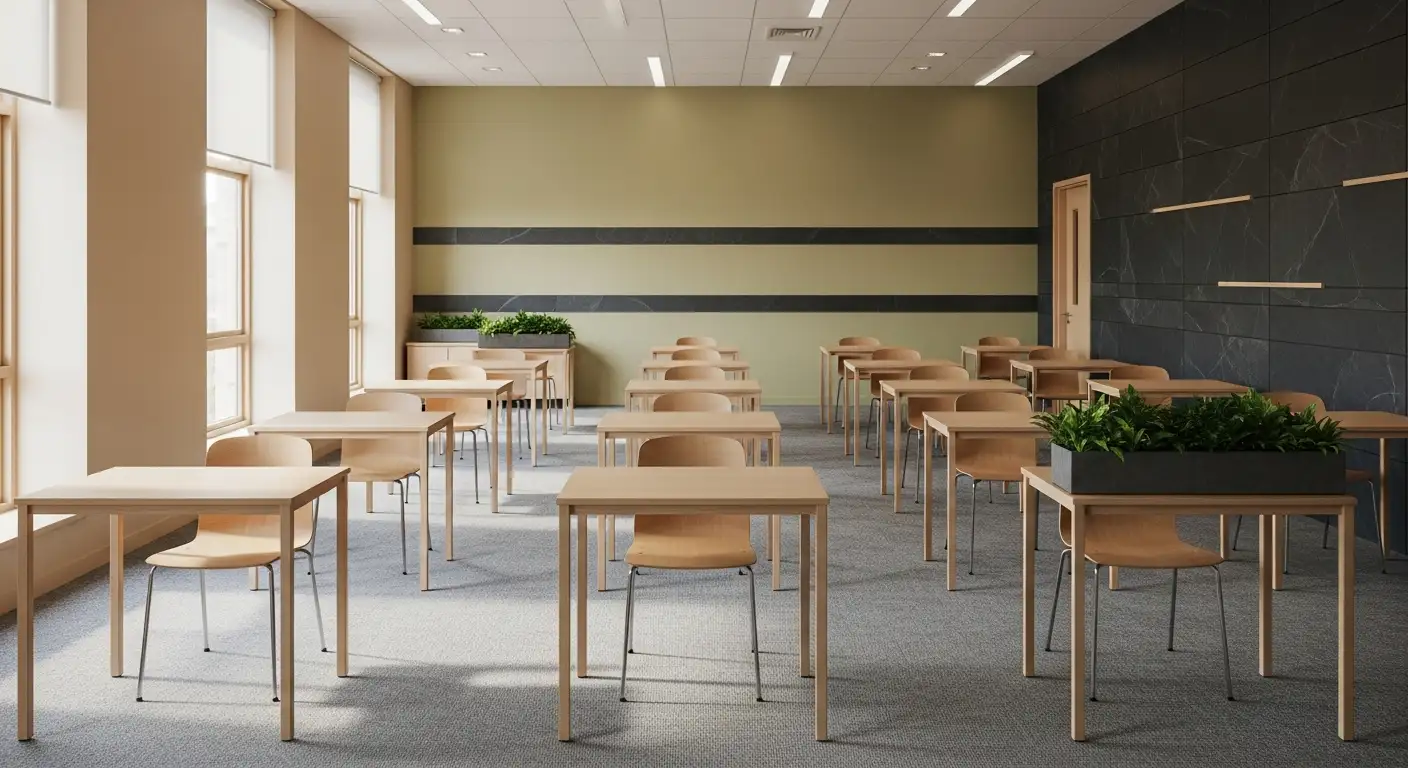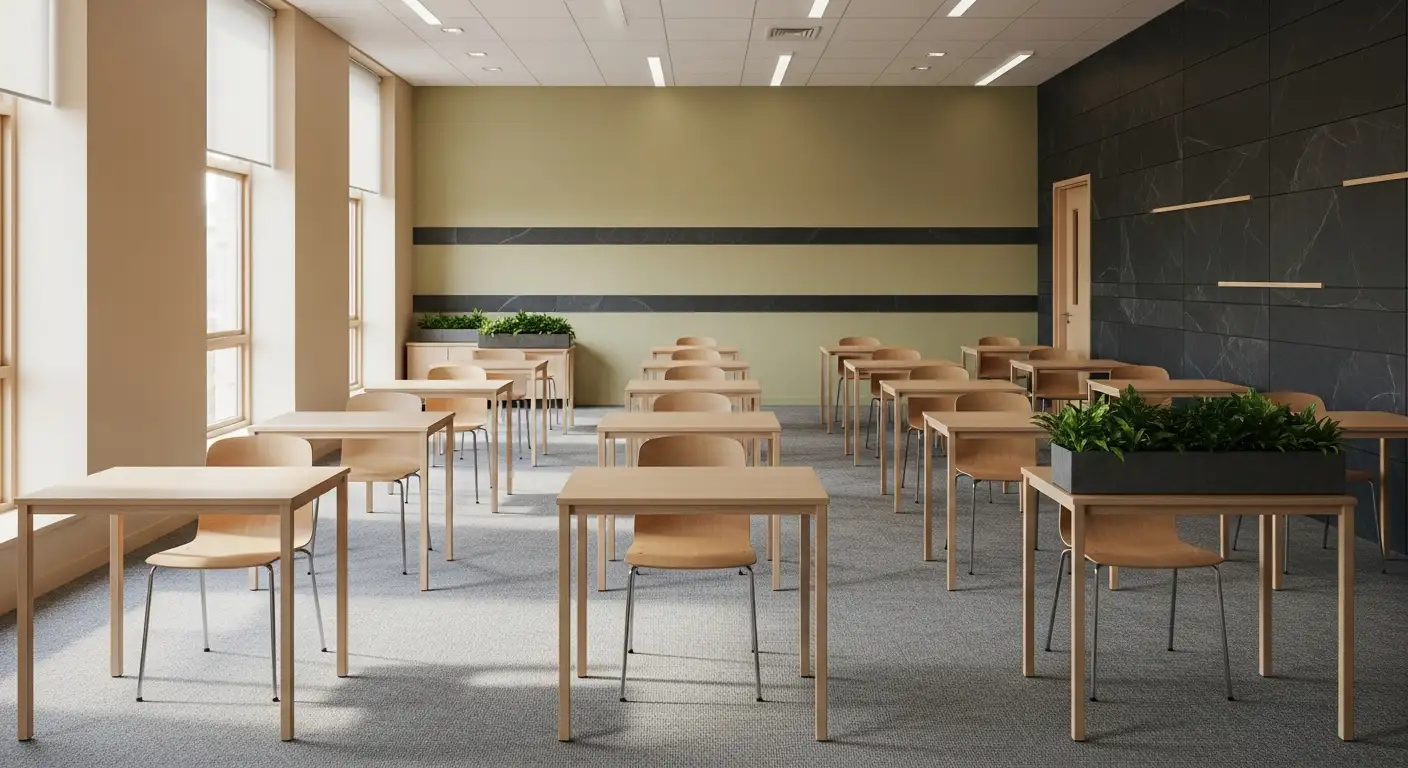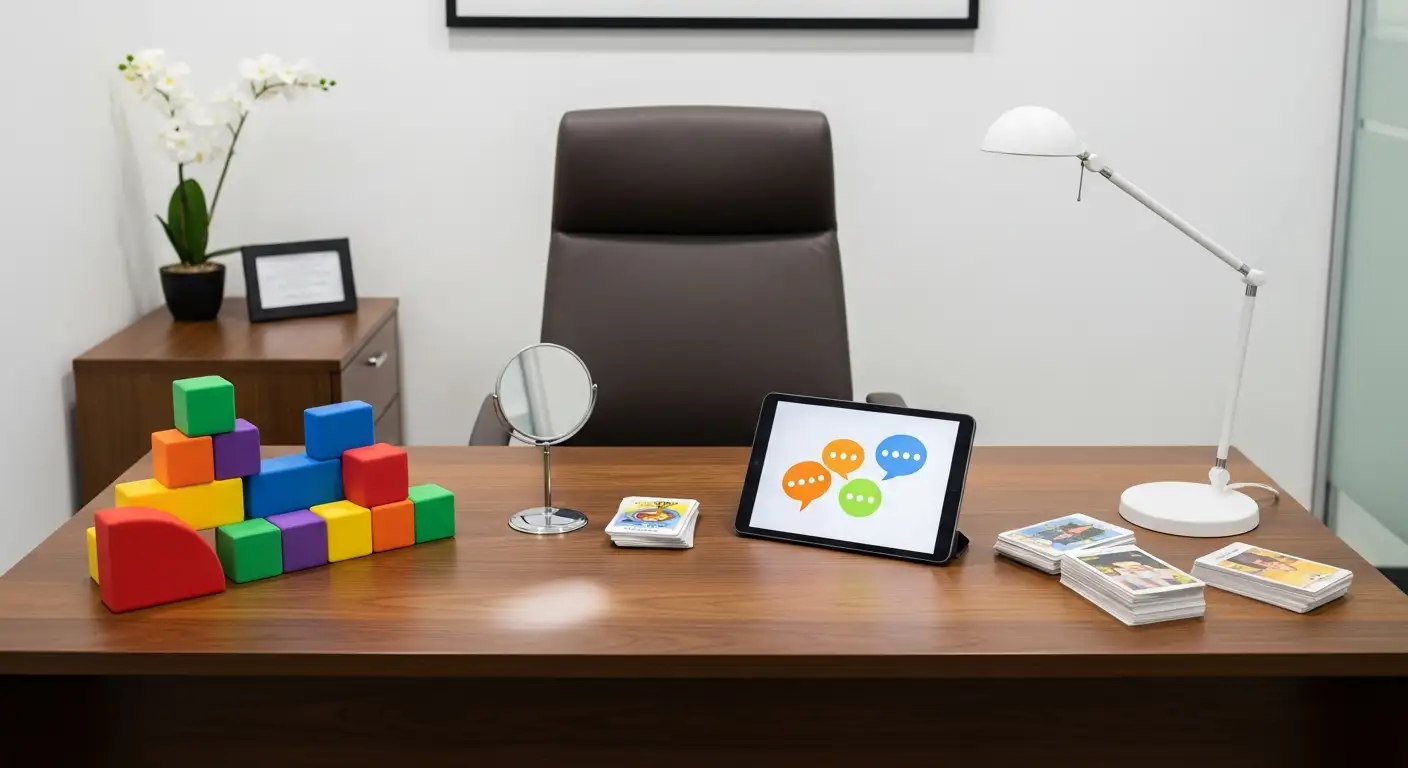Using Visual Supports in Autism


Harnessing Visual Supports for Better Outcomes
Visual supports are essential tools in autism intervention, designed to enhance communication, reduce anxiety, and foster independence. By integrating visual strategies into daily routines and interactions, caregivers, educators, and therapists can create more predictable, inclusive environments that meet the unique needs of individuals with autism. This article explores the types, benefits, evidence, and practical applications of visual supports, providing comprehensive guidance for effective implementation.
Understanding What Visual Supports Are and Their Role in Autism

What are visual supports and how do they aid individuals with autism?
Visual supports are tools such as objects, pictures, symbols, schedules, and signs that help enhance communication and understanding for individuals with autism. These supports act as visual cues to clarify routines, social cues, and concepts like emotions and time, making everyday activities more predictable and less confusing.
Children and adults on the autism spectrum often process visual information more easily than spoken language. Visual supports provide a tangible reference that can be used repeatedly, which helps reduce anxiety, frustration, and problematic behaviors. For example, visual schedules break down a day into manageable steps, helping individuals understand what to expect and when.
They are flexible and can be tailored to suit each person’s needs, whether created from photographs, drawings, or symbols. Visual supports can include picture exchange systems like PECS, emotion charts, choice boards, and visual cues for safety or routines.
Using visual supports not only improves communication but also encourages independence and active participation in daily routines. They provide essential structure in home, school, and community environments, making everyday navigation easier and promoting confidence.
Overall, visual supports serve as invaluable tools that bridge comprehension gaps for individuals with autism, supporting彼their development, social skills, and adaptation to their surroundings.
Types of Visual Supports and Their Specific Uses
What types of visual supports are commonly used and what are their functions?
Various visual supports are employed to assist children with autism and other developmental challenges in understanding routines, managing transitions, and enhancing social interactions. The most common types include visual schedules, social stories, choice boards, visual timers, and visual cues like labels and boundaries.
Visual Schedules are structured displays that break down daily activities into manageable steps. They help children anticipate what comes next, reduce anxiety, and promote independence. These can be created with photos, drawings, or icons and used in homes, schools, or community settings.
Social Stories are short narratives designed to teach children social rules and expectations. They illustrate specific situations, such as greetings or sharing, helping children understand appropriate responses and improve social skills.
Choice Boards function as communication tools that offer options for activities, foods, or preferences. They enable children, especially those with limited speech, to make choices visually, supporting decision-making and independence.
Visual Timers and Countdown Clocks are tools that show the remaining time for an activity or transition. They help children manage their expectations and feel more in control, especially during routines that might otherwise cause anxiety.
Labels, Boundaries, and Visual Cues such as signs indicating 'stop' or 'not to play with certain toys' set physical and social boundaries. They clarify limits and safety instructions, promoting understanding and safety.
These supports can be simple or complex, using materials like photographs, objects, digital images, or drawings. They can be printed, laminated, or integrated into digital devices.
In summary, these visual tools serve multiple functions: they organize activities, support communication, illustrate social expectations, and assist in behavior management. Used consistently, they can significantly improve daily functioning, learning outcomes, and independence for individuals on the autism spectrum.
Research Evidence Supporting Visual Supports in Autism Intervention

What evidence exists supporting the use of visual supports in autism intervention?
There is extensive research that validates the effectiveness of visual supports in enhancing outcomes for children and adults with autism. These supports include visual schedules, picture symbols, objects, and other visual cues that help clarify routines and expectations.
Clinical guidelines for autism spectrum disorder strongly recommend the use of visual supports as an evidence-based approach. Studies have consistently demonstrated that visual supports improve communication, increase participation in routines, and reduce anxiety. For example, visual schedules and first-then boards have been linked to better understanding of daily activities and smoother transitions.
Quantitative research, including pre- and post-intervention assessments, shows significant improvements in behavioral and social skills after incorporating visual supports. Family-based studies report increased caregiver confidence, better management of autism-related difficulties, and enhanced quality of life. These interventions are especially effective when customized to individual needs, and the benefits extend to home settings, supporting ongoing learning and behavioral improvements.
Qualitative feedback from families and practitioners emphasizes the importance of consistent, accessible, and individualized visual supports. Home-based implementation, alongside school support, often results in more meaningful progress.
While much of the research focused initially on school environments, recent studies highlight the positive effects of visual supports used at home. These include better understanding of routines, reduced frustration, and improved social interactions. Overall, the evidence underscores visual supports as vital tools within a comprehensive autism intervention strategy, proven to make everyday activities clearer, less stressful, and more engaging for users.
Implementing Visual Supports Effectively Across Settings

How can visual supports be effectively implemented in educational, therapeutic, and community settings?
Using visual supports across different environments requires thoughtful planning and consistent application. The first step involves assessing each individual's unique needs, preferences, and communication abilities. For example, some children may respond better to photographs, while others might benefit from picture symbols or real objects.
Selecting the right tools is essential. These can include visual schedules, choice boards, social stories, emotion charts, and visual cues like STOP signs or countdown timers. Ensuring these supports are introduced clearly and used consistently in relevant situations helps children understand routines and expectations more easily.
Training caregivers, teachers, therapists, and community workers is crucial. They need to understand how to use these supports effectively and incorporate them into daily routines seamlessly. This may involve demonstrating how to introduce new visuals, modify supports as the child develops, and use supports during transitions, activities, and social interactions.
Maintaining the visibility and durability of visual supports is also important. Supports should be placed in accessible locations, made from durable materials, and updated regularly to reflect changing needs. Using visuals in multiple environments—whether at school, home, or in the community—helps reinforce understanding and promotes consistency.
Integrating visual supports to manage daily routines, transitions, and social situations reduces anxiety and builds independence. This, in turn, enhances learning and interaction.
Most importantly, ongoing evaluation and adaptation are necessary. Monitoring how a child interacts with the supports allows professionals and families to make adjustments that better serve individual development. Effectively implemented visual supports can bridge communication gaps, foster confidence, and support meaningful participation across all areas of life.
Enhancing Communication and Daily Functioning with Visual Supports
 Visual supports are powerful tools that help children and adults with autism better understand their environment and communicate effectively. These supports include items such as picture schedules, choice boards, visual cues, and social stories, which convey information through images, symbols, or objects.
Visual supports are powerful tools that help children and adults with autism better understand their environment and communicate effectively. These supports include items such as picture schedules, choice boards, visual cues, and social stories, which convey information through images, symbols, or objects.
One of the primary benefits of visual supports is their ability to improve communication. Many individuals with autism are visual learners and process visual information more easily than spoken language. Visual aids provide a constant reference point, helping them understand instructions, social cues, and emotional expressions. For children who are non-verbal or have limited verbal skills, augmentative and alternative communication (AAC) systems like picture exchange systems or electronic devices offer essential ways to express needs and preferences.
Visual supports also play a crucial role in helping with routines and understanding daily activities. Visual schedules and timetables break down complex routines into manageable steps, offering predictability that reduces anxiety and enhances independence. For example, a visual schedule might display the sequence of a school day, mealtime, or bedtime routine, guiding children through transitions calmly and confidently.
Furthermore, tools like choice boards serve as communication menus, allowing children to make choices about activities or items they want. This autonomy increases motivation and engagement, fostering a sense of control. Visual cues about individuals involved in activities help set expectations and clarify social roles, improving interactions and social skills.
Research from experts such as Hodgdon, Quill, Dalrymple, and Roberson supports the integration of visual supports, emphasizing their effectiveness in promoting understanding and reducing problematic behaviors. They are considered an evidence-based practice endorsed in autism spectrum disorder guidelines.
Overall, incorporating visual supports into daily routines can significantly enhance comprehension, communication, and independence. They provide a predictable environment that minimizes confusion and frustration, leading to more successful navigation of everyday life for individuals with autism.
Practical Resources and Examples of Visual Supports
 There are many available tools, templates, and resources designed to implement visual supports effectively for individuals with autism. These resources include printable materials such as visual schedules, social stories, choice boards, and mini-schedules. Many organizations and online platforms provide comprehensive toolkits that help caregivers, teachers, and therapists customize visual supports to fit individual needs.
There are many available tools, templates, and resources designed to implement visual supports effectively for individuals with autism. These resources include printable materials such as visual schedules, social stories, choice boards, and mini-schedules. Many organizations and online platforms provide comprehensive toolkits that help caregivers, teachers, and therapists customize visual supports to fit individual needs.
The Autism Treatment Network (ATN), supported by the Health Resources and Services Administration, offers a variety of practical materials. Their resources include step-by-step guides, templates, and links to digital and printable supports. These tools are designed to be used across different environments, including at home, school, and in the community.
Some of the most popular visual supports include First-Then Boards, which motivate children by visually showing what needs to be done before reaching a preferred activity. Visual calendars and timetable cards help organize daily routines and upcoming events, providing predictability to reduce anxiety.
Social stories are another effective resource, guiding children through social situations and expected behaviors with visual narratives. Additionally, choice boards serve as communication menus, allowing children to make selections and express preferences without spoken language.
These supports are often adaptable, allowing for customization with photographs, drawings, symbols, or written words. For example, TEACCH® programs offer structured visual organization systems, and many of their templates can be downloaded or adapted.
Creating personalized visual supports can be simple—using photographs taken at home or school, cut-out pictures from magazines, or digital apps designed for visual communication. Importantly, these tools are evidence-based and have been proven to enhance understanding, reduce anxiety, and promote independence.
In summary, practical resources and templates for visual supports are widely available and versatile. They provide critical support for managing routines, facilitating communication, and improving participation for individuals with autism across different settings.
Empowering Individuals through Visual Supports
Incorporating visual supports into the routines and environments of individuals with autism can profoundly impact their ability to communicate, learn, and participate actively. Tailoring these tools to each person's developmental level and needs, and implementing them consistently across settings, ensures maximum benefit. As research continues to support their efficacy, accessible resources and strategies will further enable caregivers, educators, and community members to foster independent, confident, and inclusive lives for individuals on the autism spectrum. Visual supports are not just tools—they are bridges to understanding and inclusion.
References
- Visual Supports » Center for Autism and Related Disabilities »
- ATN/AIR-P Visual Supports and Autism
- [PDF] Visual Supports for Children with ASD
- Visual Supports for Autism: What are the Benefits?
- Visual supports at home and in the community for individuals with ...
- Visual Supports - Indiana Institute on Disability and Community
- How Do Visual Supports Help People With Autism? - Optometrists.org
- Visual Strategies for Students with Autism - n2y Blog
Recent articles

What Is Speech Fluency?
Understanding the Essentials of Speech Fluency and Its Disorders

What Is Speech Fluency?
Understanding the Essentials of Speech Fluency and Its Disorders

Teaching Writing to Students with Autism
Unlocking the Potential: Effective Writing Instruction for Students with Autism

Teaching Writing to Students with Autism
Unlocking the Potential: Effective Writing Instruction for Students with Autism

Speech Therapist School
Navigating the Path to a Rewarding Career in Speech Therapy

Pediatric Speech Therapy Programs
Unlocking Potential Early: The Role of Speech Therapy in Pediatric Development


